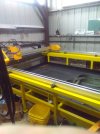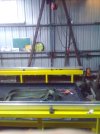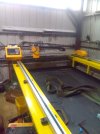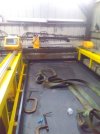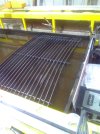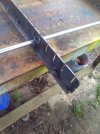treemuncher
Senior Member
Seems like I do quite a bit of repetitive cutting with my Hypermax 1000. Normally, I make patterns out of 1/8" aluminum flat stock, oversized to accommodate the size of the torch tip, in order to trace out common cut parts. This works reasonably well but there is always variances with the hand held torch.
Rather than send all of my money into to the tax (and spend) government system, why not purchase a plasma table for my business? It will save me time, open more opportunities for builds and business, and make for better parts than hand cuts. Lots of times when I'm making tools for pullers, bearings or fixtures, I could see a CNC plasma table saving me lots of time.
I'm looking for suggestions as to what system to look for. My Hypertherm is designed for a machine torch but I'm not sure if it will work with these newer systems that are available. I was going to build my own table years ago but I stay way too busy with my normal work to even think about that anymore.
Rather than send all of my money into to the tax (and spend) government system, why not purchase a plasma table for my business? It will save me time, open more opportunities for builds and business, and make for better parts than hand cuts. Lots of times when I'm making tools for pullers, bearings or fixtures, I could see a CNC plasma table saving me lots of time.
I'm looking for suggestions as to what system to look for. My Hypertherm is designed for a machine torch but I'm not sure if it will work with these newer systems that are available. I was going to build my own table years ago but I stay way too busy with my normal work to even think about that anymore.


